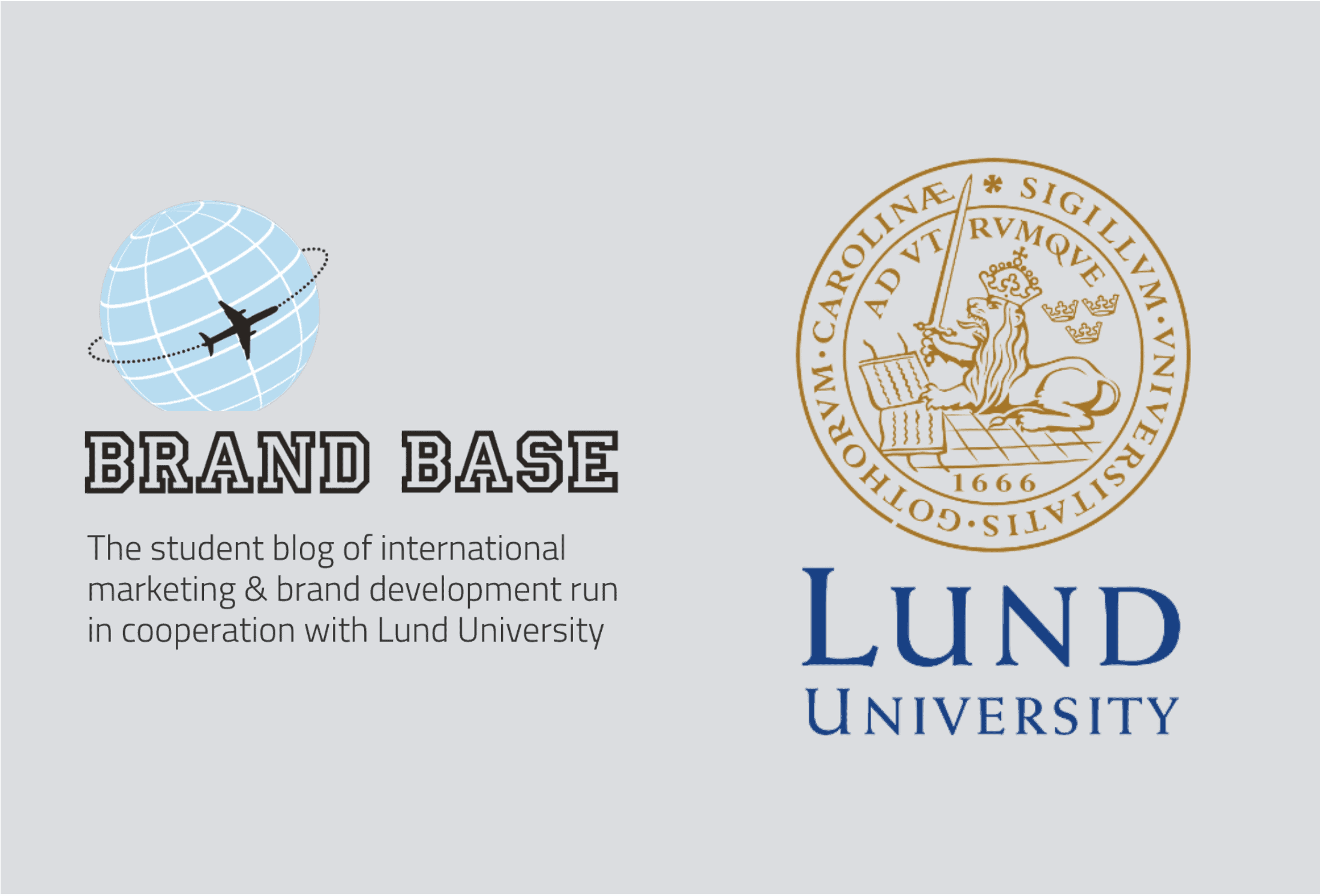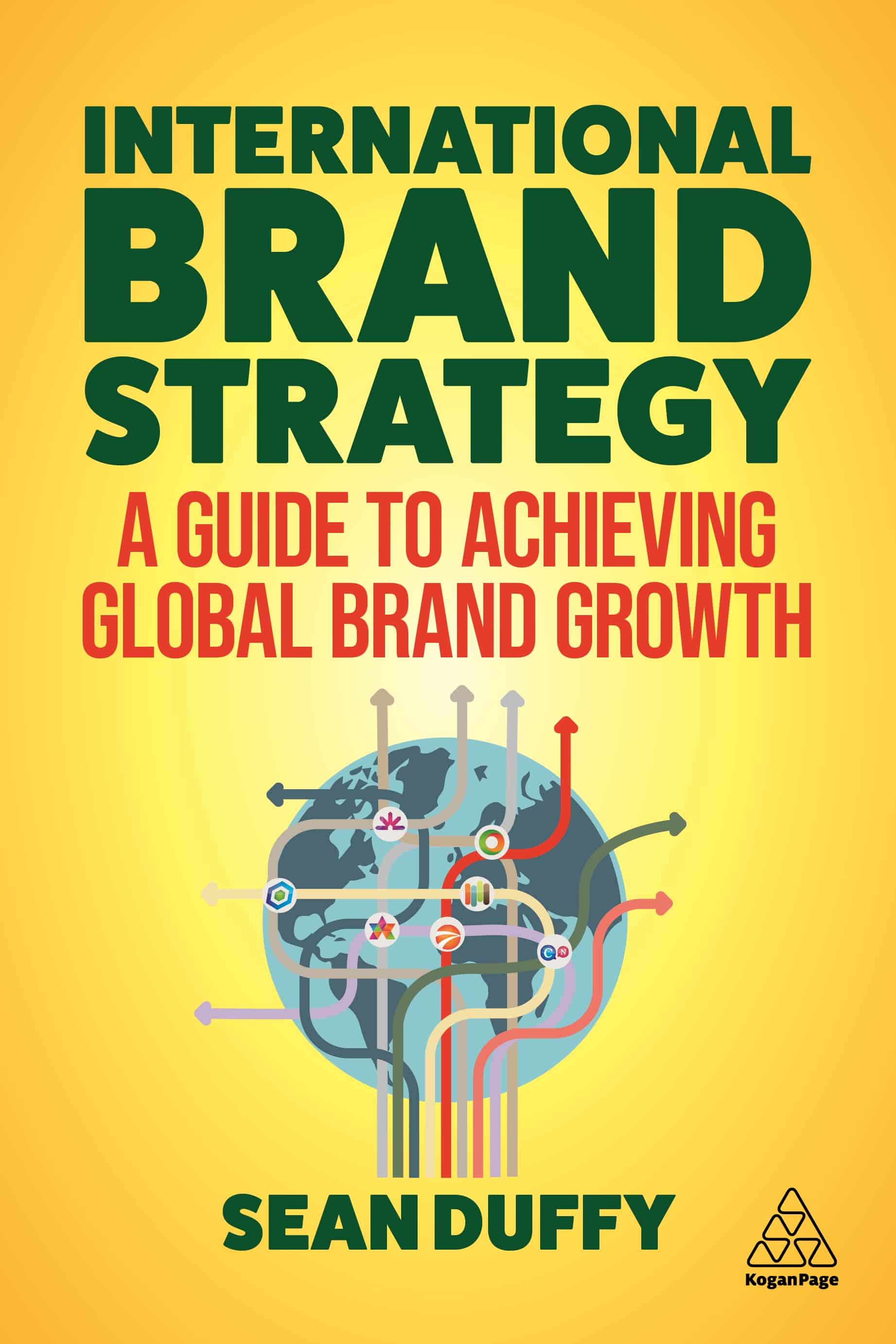Turning the Tables – How Brands Can Benefit from Anti-Branding
A guide on how brands can benefit from anti-branding with an industry example through Lego and their reaction towards an Anti-Lego campaign...
10 Jul 2024 7346 Views
Written by Julia Anzer
Have you ever considered the fact that brands could benefit from anti-branding websites or communities? No doubt, the purpose of anti-branding is to harm a brand and the aim of counterfeiter communities is to change the consumer’s perception of a brand (Holt 2002). However, brands could turn online anti-branding information hubs into valuable research sources. ‘Although anti-brand sites can harm a company and its brand, they can also indirectly provide opportunities and benefits for companies’ (Kucuk 2003, p. 218). The following post will discuss to which extend this assumption is true.
First we will take a look at what anti-branding is, why powerful brands are a popular target, why and how the anti-branding consumerism movement takes place and finally, how companies can turn the tables. A practical insight will be given by Lego.
What is an Anti-Branding?
Anti-branding refers to the opposition of a (corporate) brand (Hollenbeck & Zinkhan 2006). It is a rather new form of consumerism movement in which consumers are fighting against ‘capitalism, globalization, marketing efforts, and corporate branding strategies’ (Hollenbeck & Zinkhan 2010, p. 326).
Although several forms of anti-branding exist, online anti-branding has become most significant and is in the focus of this post. Speed, convenience, community formation and anonymity make the internet the preferable medium for this form of movement (Hollenbeck & Zinkhan 2006).
Victims of Anti-Branding
‘The most puzzling aspect of the anti-branding movement (…) is that it takes aim at the most successful and lauded companies, those that have taken the marketing concept to heart and industriously applied it’ (Holt 2002, p. 70). How come especially successful and powerful brands become victims of anti-branding consumerism movements? Kucuk (2008) detected two specific characteristics: High brand consistency and high brand value. Besides, the likeliness of media coverage and consumer interest for known brands is much higher than for unknown ones, also in terms of anti-branding (Krishnamurthy & Kucuk 2009).
Why Consumers Engage in Anti-Branding Communities?
Have you ever wondered why customers take part in online engagement in anti-branding? Hollenbeck & Zinkhan (2006) identified four major reasons for online anti-brand community formation:
- Common Moral Obligations
- Support Networks
- Workplace Challenges
- Resource Hubs
The first one refers to consumers with the same moral consciousness who feel the need to act upon a brand which might do wrong to society. A study undertaken by Kaynak & Eksi (2013) in Turkey revealed that health consciousness was the main motivator for consumers engaging in anti-branding activities. If you found out a product you are using was harming your body, would you consider stop using it and trying to warn others about it? Seems legit, right?
Interestingly, environmental consciousness however was linked to education. Consumers with higher education were significantly influenced by this motive, whereas consumers without a university degree were not. Another finding was that woman with lower education found ethnocentrism an important motivator. Religiosity turned out to have no significant influence on consumer engagement in anti-branding (Kaynak & Eksi 2013).
Coming back to the Hollenbeck & Zinkhan (2006) study, online anti-brand communities function as Support Networks. Regardless of someone’s physical location, consumers with the same values and goals meet online, build new relationships and to support one another.
Would you be shocked if I told you that one third of the respondents of that research were current or previous employees of the brand they object? When a workplace does not offer a supportive environment, employees seek help online or exchange their frustrations with others in a similar position, referring to Workplace Challenges(Hollenbeck & Zinkhan 2006).
Lastly, online anti-brand communities function as Resource Hubswhere information about brands and their unethical practices is collected and shared amongst a wider audience (Hollenbeck & Zinkhan 2006).
Different Types of Anti-Brand Sites and Users
Just as the motivators can be different for each user, there are different types of anti-brand users and websites. Kucuk (2008) developed a framework with four anti-brand site types:
- Experts
- Symbolic Haters
- Complainers
- Opportunists
Expertsare consumers who are well informed about the market and its practices. The anti-brand websites they create are highly informative, visually attractive and with useful interaction features, such as chats or discussion boards (Kucuk 2008).
Symbolic Haterstarget brands that are well-known on the market, but not as valuable as other brands. Their website content mainly consists of myths, negative WOM and rumors and might not actually include reliable information (Kucuk 2008).
Complainersare concerned with product or service failures rather than a brand’s business philosophy. These consumers create online anti-brand websites after the initial attempt to communicate with the brand has failed, documenting the failed communication with the brand or posting pictures of damaged products (Kucuk 2008).
Opportunistsuse a brand’s failure or scandals to create more traffic for their own website. They rely on other media for news to use as their content. Some of them buy several anti-brand domains and their only goal is to lure consumers. Those websites are usually not very professional and might include links to free products or downloads (Kucuk 2008).
Turning the Tables – Benefits of Anti-Branding
Have you spotted any of the above anti-branding websites or can you identify yourself with any of the user types? Having discussed the motivators for anti-branding and the different user or website types will help gain a clearer view on the anti-brand landscape and the consumers involved. Can brands benefit from all this? – Yes they can!
Although studies prove that anti-branding does not have a significant negative long-term effect on brands (Krishnamurthy & Kucuk 2008), investigating anti-brand websites can help brands turning the tables and become even better. Kucuk (2003) came up with tips on how to react to each of the four types of online anti-brand websites. He suggests to:
- Work with Experts
- Monitor Symbolic Haters
- Talk to Complainers
- Combat Opportunists
Going a bit more into detail, working with expertscan be very beneficial to brands. While some brands pay lots of money for consulting agencies to detect their weaknesses or conducting time-consuming customer-satisfaction surveys, anti-brand websites are for free. ‘Bringing customers to the centre of the value-creation process, networking and creating open dialogue between them and the company will eventually lead to mutual satisfaction between the consumer and the company’ (Kucuk 2003, p. 218).
Bymonitoring Symbolic Haters, companies can make sure to be aware about what is said about them online. This is crucial for defending a brand or when brand reputation is in danger. In some cases, companies get involved and directly communicate with brand-haters. On the other side, consumers may solve problems with others online which reduces customer service costs for brands (Kucuk 2003).
What about Complainers? Talk to them. It seems like consumers had negative experiences with brands and created a complaint websites. It can be beneficial to a company to detect complaints early, reducing the spread of negative WOM and strengthen the relationship between consumer and brand, if the problem is solved quickly (Kucuk 2003). ‘In many business environments, especially in this digital age, talking to consumers might be less costly and more rewarding than putting a brand at risk’ (Kucuk 2003, p. 220).
Lastly, action needs to be taken against Opportunists, as they do not bring any benefit to brands. Purchasing negatively connotated website domains including one’s brand name could be the easiest way of fighting Opportunists.
Lego as Anti-Branding Example
Do brands actually apply those strategies? Lego, recently awarded Most Powerful Brand of 2017 (Kauflin 2017), applied two of the above strategies: ‘Working with Experts’ and ‘Combating Opportunists’.
Back in 2014, Greenpeace (here ‘Expert’) ran an Anti-Lego social media campaign, criticizing Lego’s partnership with Shell – a company involved in arctic drilling. In response, Lego decided to take responsibility and withdrew from the partnership, demonstrating commitment towards consumers and the brand’s reputation (Mainwaring 2014).
Have you entered ‘Anti Lego’ into a search engine yet? The first Google results refer to ‘LEGO creates ANTI-LEGO Slippers’ or ‘Lego developing Anti-Lego slippers’ – a great and humorous example of how a brand can fight opportunists (Google 2017).
Final Words
Today’s real challenge is not about marketing, it is about understanding the consumer (Holt 2002). Only by listening to consumer voices, brands can deliver consumer wants and needs. Through the internet, the whole relationship between brand and consumer has changed (Hollenbeck & Zinkhan 2006). It is not about spreading the word from one brand to many consumers any more. Quite the opposite has become true – consumers telling a brand how to be and in the case of anti-branding: how not to be.
The good news is, although anti-branding aims at damaging a brand’s reputation, it might not be too late for a brand to turn the tables (Holt 2002). My suggestion to brands: Do not ignore anti-branding attempts by consumers but try to learn from them and become an even better brand!
References:
Hollenbeck, C. R., Zinkhan, G. M.(2006) ,”Consumer Activism on the Internet: the Role of Anti-Brand Communities”, in NA – Advances in Consumer Research Volume 33, eds. Connie Pechmann and Linda Price, Duluth, MN : Association for Consumer Research, Pages: 479-485. Available through: http://www.acrwebsite.org/volumes/v33/v33_10337.pdf
Hollenbeck, C. R., Zinkhan, G. M. (2010) Anti-brand Communities, Negotiation of Brand Meaning, and the Learning Process: the Case of Wal-Mart, Consumption Markets & Culture, Vol.13, No.3,pp. 325-342,Available through: http://docs.business.auckland.ac.nz/Doc/Anti-brand-communities-negotiation-of-brand-meaning-and-the-learning-process-The-case-of-Wal-Mart.pdf
Holt, D. B. (2002). Why do brands cause trouble? A dialectical theory of consumer culture and branding, Journal of Consumer Research, Vol.29, No. 1, pp. 70–90, Available through: JStor, http://www.jstor.org/stable/10.1086/339922
Kaynak, R., Eksi, S. (2013) Antecedents of Anti-Branding: An Empirical Research for Managerial Perspective, International Business Research, Vol. 6, No. 10, pp. 78-87, Available through: http://www.ccsenet.org/journal/index.php/ibr/article/view/28678
Krishnamurthy, S. and Kucuk, S. U. (2009), “Anti-Branding on the Internet”, Journal of Business Research, Vol. 62, No. 11, pp. 1119-1126. Available Through: http://www.sciencedirect.com/science/article/pii/S0148296308002026
Kucuk, S. U. (2008) Negative Double Jeopardy: The role of anti-brand sites on the internet, Palgrave Macmilland Ltd, Brand Management, Vol. 15, No. 3, pp. 209-222 , Available Through: https://www.researchgate.net/publication/240232986_Negative_Double_Jeopardy_The_role_of_anti-brand_sites_on_the_internet
Other Sources:
Kauflin, J. on Forbes.com (2017) The Most Powerful Brands 2017. Available through: https://www.forbes.com/sites/jeffkauflin/2017/02/14/the-most-powerful-brands-in-2017/#6348934df1f8
Mainwaring, S. on Forbes.com (2014) Learn From The Lego PR Crisis And Protect Your Brand. Available through: https://www.forbes.com/sites/simonmainwaring/2014/07/23/learn-from-the-lego-pr-crisis-and-protect-your-brand/#2496eae43694
Google Search Engine ‘anti lego’ (2017) Available through: https://www.google.de/search?source=hp&ei=xywXWpuuEOOC6QSZzIrADA&q=anti+lego&oq=anti+lego&gs_l=psy-ab.3..0l2j0i22i30k1l8.1216.2088.0.2359.10.7.0.0.0.0.300.1715.0j2j4j1.7.0….0…1c.1.64.psy-ab..3.7.1708.0..0i131k1j0i10k1.0.buFOcy4XX_Y
Figure 1: Lego Manager and Storm Troopers, Available through: https://pixabay.com/de/b%C3%BCro-menschen-situation-angeklagt-2539844/
Figure 2: Lego Community, Available through: https://pixabay.com/de/trib%C3%BCne-spielzeug-m%C3%A4nnchen-kind-330930/
Figure 3: Lego policemen, Available through: https://pixabay.com/de/polizei-lego-polizist-gesetz-2129860/
Figure 4: Anti-Lego Slippers, Available through http://piwee.net/1-lego-chaussons-101115/
Like this post? You'll find more marketing insights in my new book: International Brand Strategy: A guide to achieving global brand growth, now available from booksellers globally. Order your copy here.



